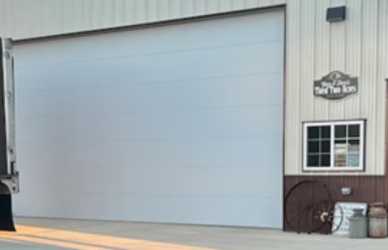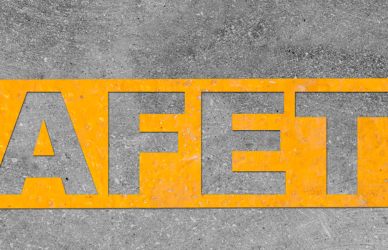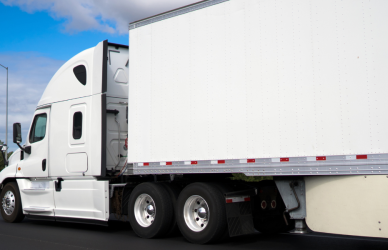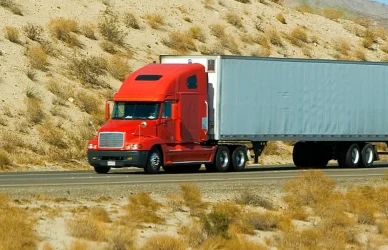Recent data from the U.S. Department of Labor shows steady increases in job opportunities over the past few months.
Although initial reports estimated over 6,000 new positions added in March, the revised number is still impressive at over 3,000. April numbers show a gain of an additional 3,000 jobs, bringing the total for the trucking industry to a whopping 1,612,500 jobs.
While many driving jobs were filled by trained CDL drivers, the experience level of the new workforce is uncertain.
Congress is exploring options to broaden the industry’s hiring pool, with bills like Rep. Abigail Spanberger’s tax incentive package being considered. As the industry seeks to fill open positions, safety concerns must also be addressed. Fleet safety expert Barrett Young recognizes the potential impact of increasing job opportunities on the U.S. economy but emphasizes the importance of safe driving practices.
“The driver shortage has been an ongoing issue for some time,” said Young, head of fleet safety for Netradyne. “It’s exciting to see some action being taken to help curb the challenge many companies are feeling. As a nation, we will feel a positive impact on our supply chain if we can truly help more drivers enter the industry.”
He went on to note that stakeholders recognize the impact alleviating the driver shortage would have on the nation’s economy.
“One important point, with more new drivers, it will require more training and safety measures to be in place,” he said, adding that, if done correctly, it will “not only fix the shortage but improve safety on our roads.”
Young advocates for updating safety laws to enable new drivers to enhance their driving skills. Legislation needs to incorporate improved safety guidance updates to help novice drivers harness the advantages of video safety systems for ongoing driving improvement, according to Young. He feels that it would be beneficial for new drivers to utilize the benefits of video safety systems for the purposes of continuous coaching and driving improvement.
Young stressed that fleets must embrace and take advantage of modern technologies available to them in order to keep up with other industries. The old ways of improving fleet safety and deriver performance are “perfectly suited to a world that no longer exists,” he says.
Cutting-edge artificial intelligence technology in video telematics is being advocated for by him. He gave Netradyne’s Driver system as an example.
“(This) is the only system that can recognize positive driving so fleet managers and new drivers can see the entire picture and take the proper actions to make each driver a top performer,” Barrett said.
Barret went on to say that he is very much in favor of legislation that will increase the number of drivers on the road.
“New incentives and (bringing) new drivers into the industry is great,” he said. “Let’s just make sure we are not sacrificing road safety in the process.”
Source: The Trucker











